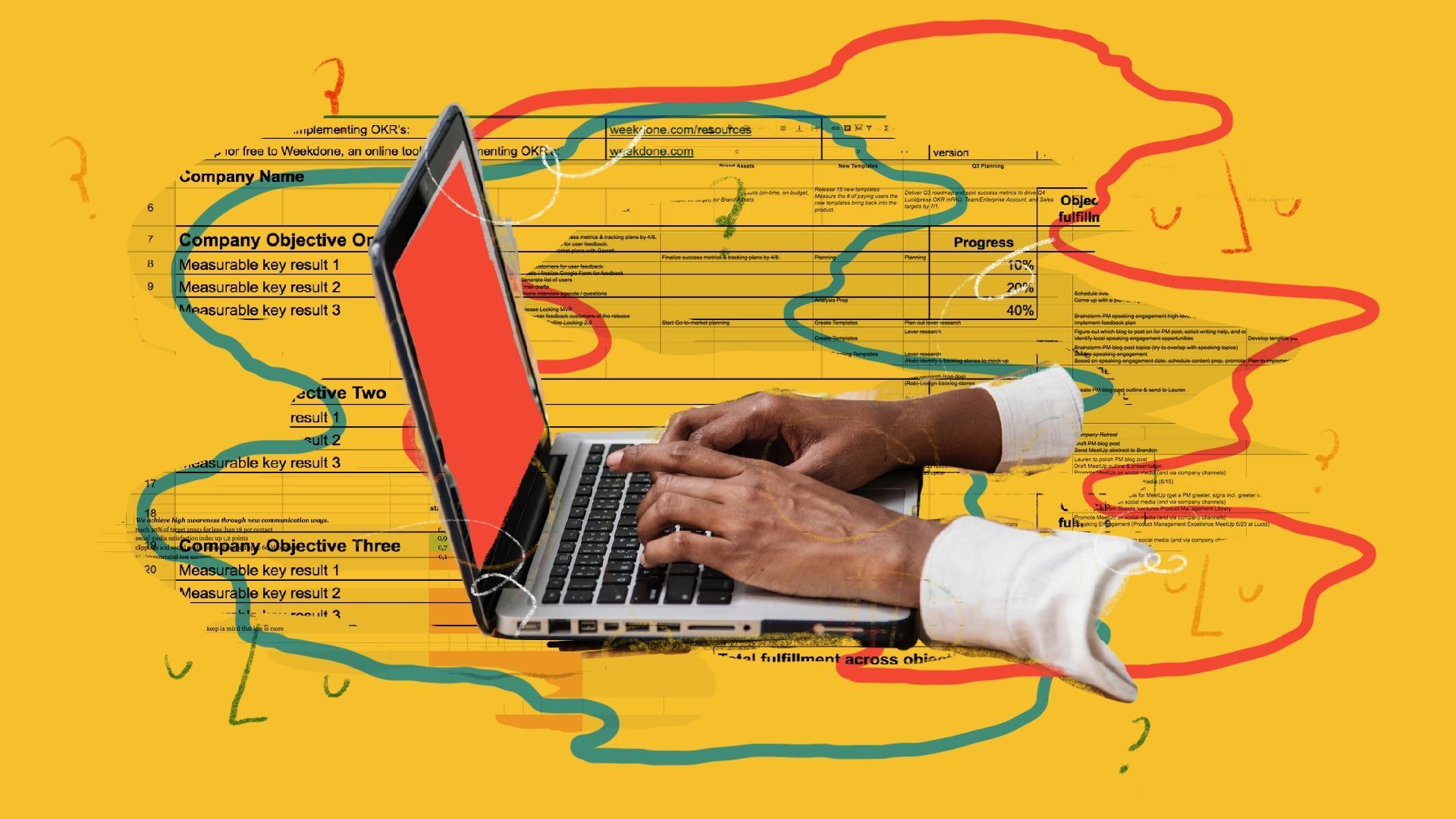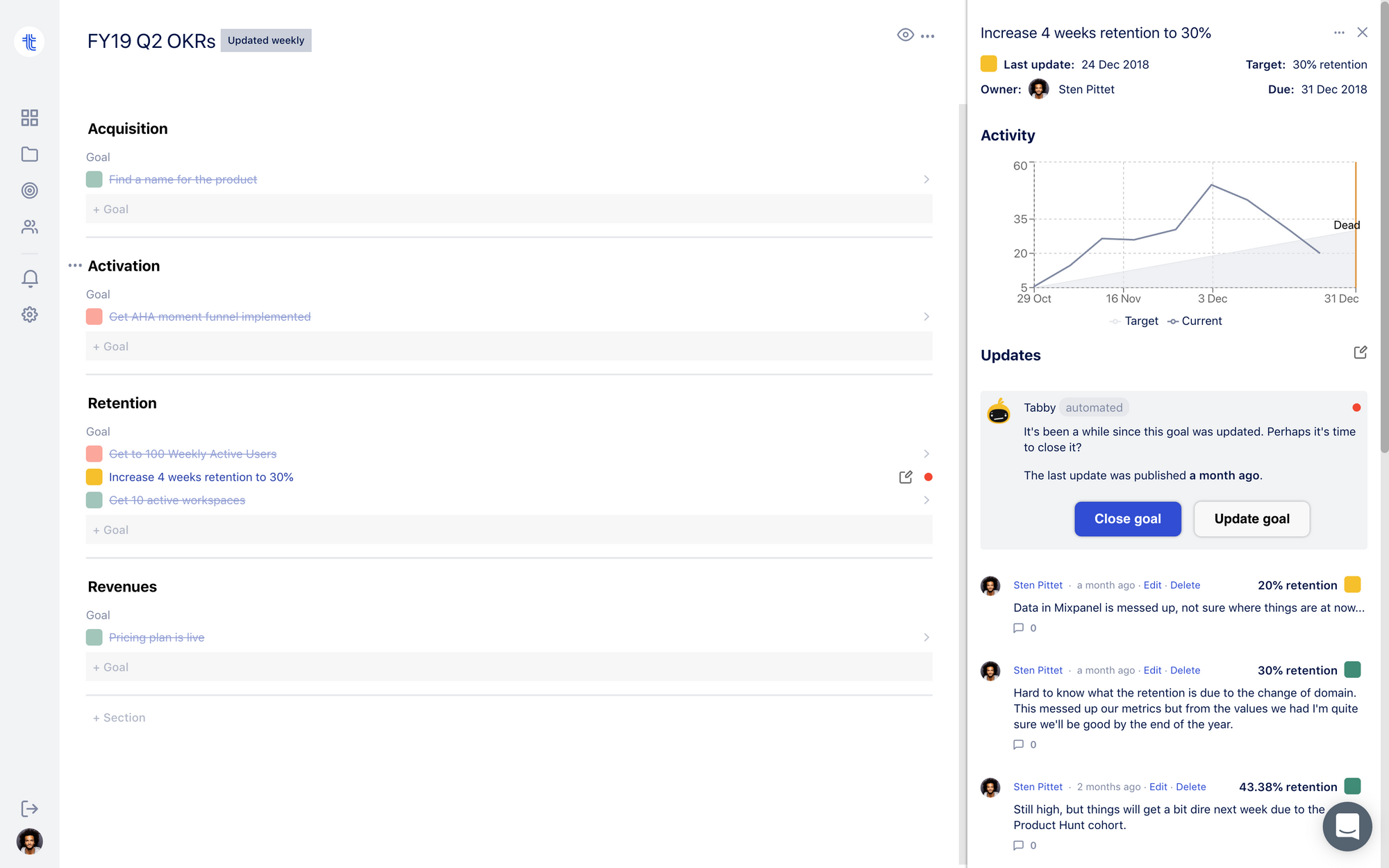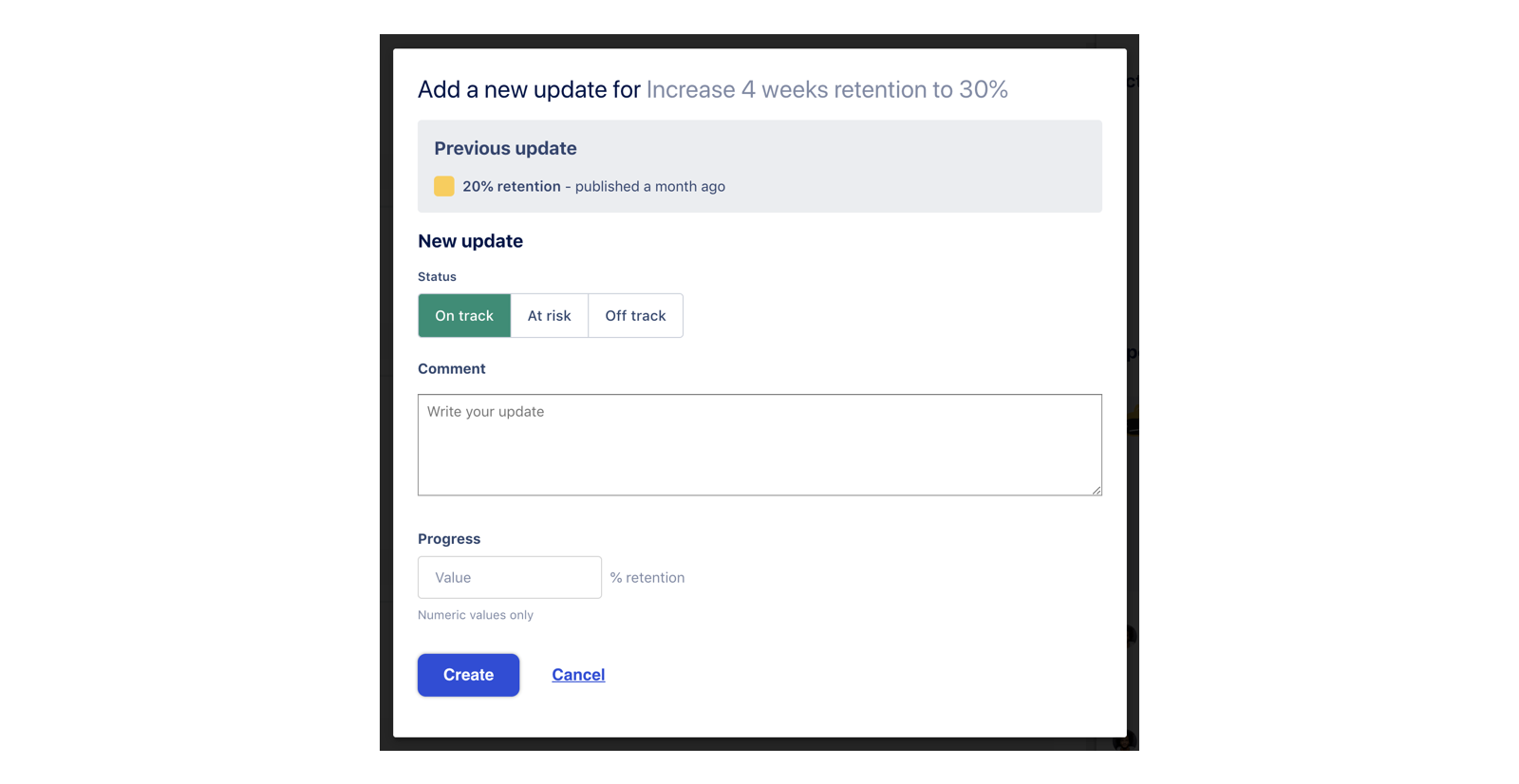Don't keep your goals in a spreadsheet
It's January. You worked out an exciting vision for the year. You got your goals and your targets. But please, don't keep it all in a spreadsheet.

It's January. You worked out an exciting vision for the upcoming year. You met with your team and broke things down in goals and targets for the quarter.
But please, I hope that you are not keeping it all in a spreadsheet.
Why spreadsheets are appealing
Ok first, let me say that spreadsheets are niiice. Many businesses are built on top of spreadsheets alone.
Rule #0 of SaaS: your first competitor is most likely going to be a spreadsheet.
It doesn't matter if you're building HR tools, solving marketing issues, supporting salespeople, or helping project managers. You can do all these things with a combination of columns, rows, and emails.
The flexibility and lack of friction contribute a lot to make that support appealing. There's no onboarding, no resistance to change, no constraints on the format. It only seems logical to also track your goals with a spreadsheet as well:
- You can easily create templates for your org.
- It's easy to update.
- You can use formulas to aggregate data and estimate progress (pivot tables!).
But that's masking some critical gaps.
Why spreadsheets won't work
You're wasting time tracking updates
The first issue with spreadsheets (and docs) is that they lack workflows. A spreadsheet doesn't have the concept of time, and it won't ask people to update their goals.
You end up having to send emails every week, chase your team on Slack, so that you can have data in time for your check-ins. And, unless you're tracking when updates are created, it might be hard to tell if a status is accurate or out-of-date.
Flexibility is hard to scale
The best thing about spreadsheets is that you can do anything with them.
The worst thing about spreadsheets is that you can do anything with them.
You cannot scale your business effectively if there are different ways to measure impact. As teams grow, they tend to split into smaller groups having their own domain language. That's absolutely fine, but there should be standards across the organization to make it easy to compare situations.
Hard to gauge progress
Most templates that I've seen in use have goal owners replace the data from the past week or month. You delete whatever happened previously and capture the new state in the same cell.
It's great to understand the current state of affairs, but you're missing on trends and history. Are you slowing down? Are you picking up the pace? Were you off-track before? On-track?
None of these questions can be answered without keeping track of historical data.
How Tability can help you save time and keep track of progress

Your most important goals should be tracked every week because work towards them produces distractions at the same time. Emails, bugs, customer support, sales calls... All the things that you'll have to do to achieve your objectives will also take you away from them.
That's why you need an easy way to stay focused and keep an eye on your North Star. And we built Tability to solve that exact problem.
Save time with automated reminders
The first thing that Tability does is reclaiming your time. Once you have created goals, Tability will take over and send reminders every week to make sure that progress is updated.

It will also follow up with the goal owners if they've been away, and will flag updates that are out-of-date so that you can correctly assess the situation.
A simple format that everyone can understand
Our updates are super simple:
- Color
- Comment
- Progress

First, we want to make sure that people do not waste time having to fill lengthy forms to share progress. Secondly, keeping updates light makes it easy to read by anyone in the organization. You can easily compare the goals of the Product, Marketing, or Support teams -- just look at their color to know if things are off-track or on-track.
Make progress visual
A picture is worth a thousand words.
As soon as you put add a deadline to a goal, Tability will show you what your future growth should look like. It makes it really easy to see if you're on the right path to success or if you're falling behind.

The whole platform is built to help you focus on the impact you're making, and see at a glance which problems you should focus on.
Try Tability today
You can try Tability for free with your team today. And don't hesitate to add your questions and feedback below!
Alright. If you reeeeally want to use a spreadsheet, we also have a template that might work for you.

